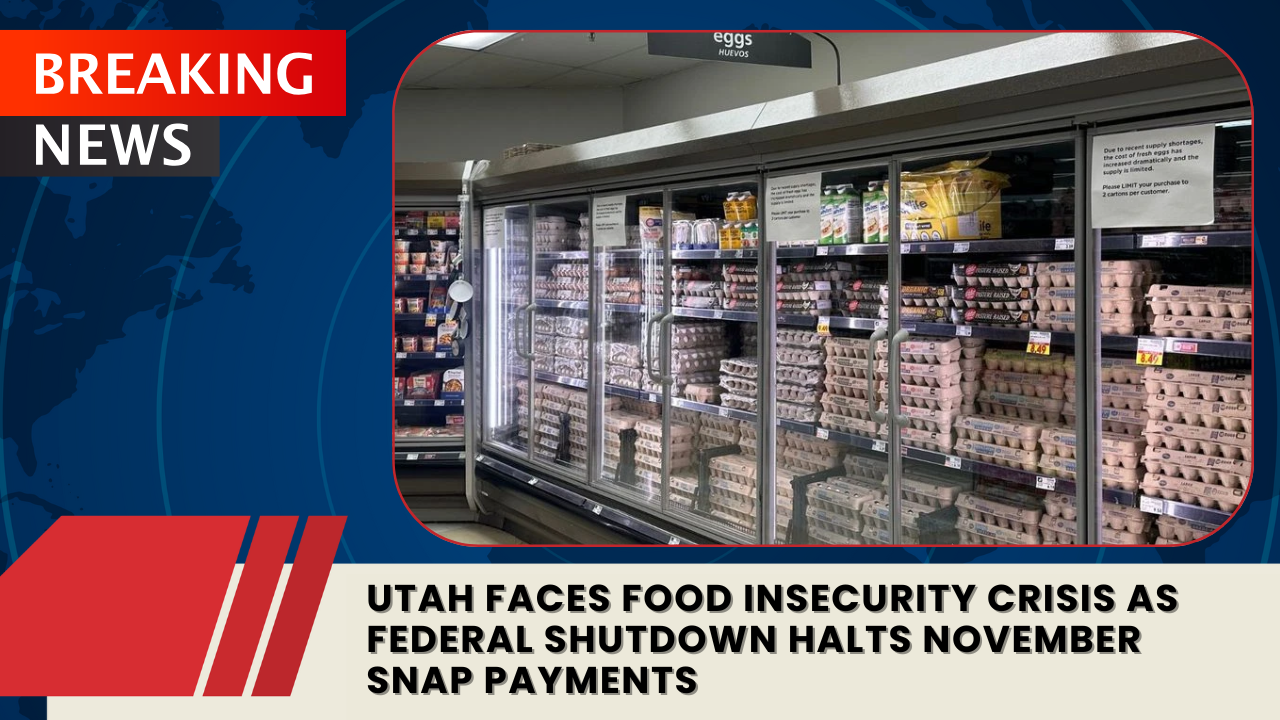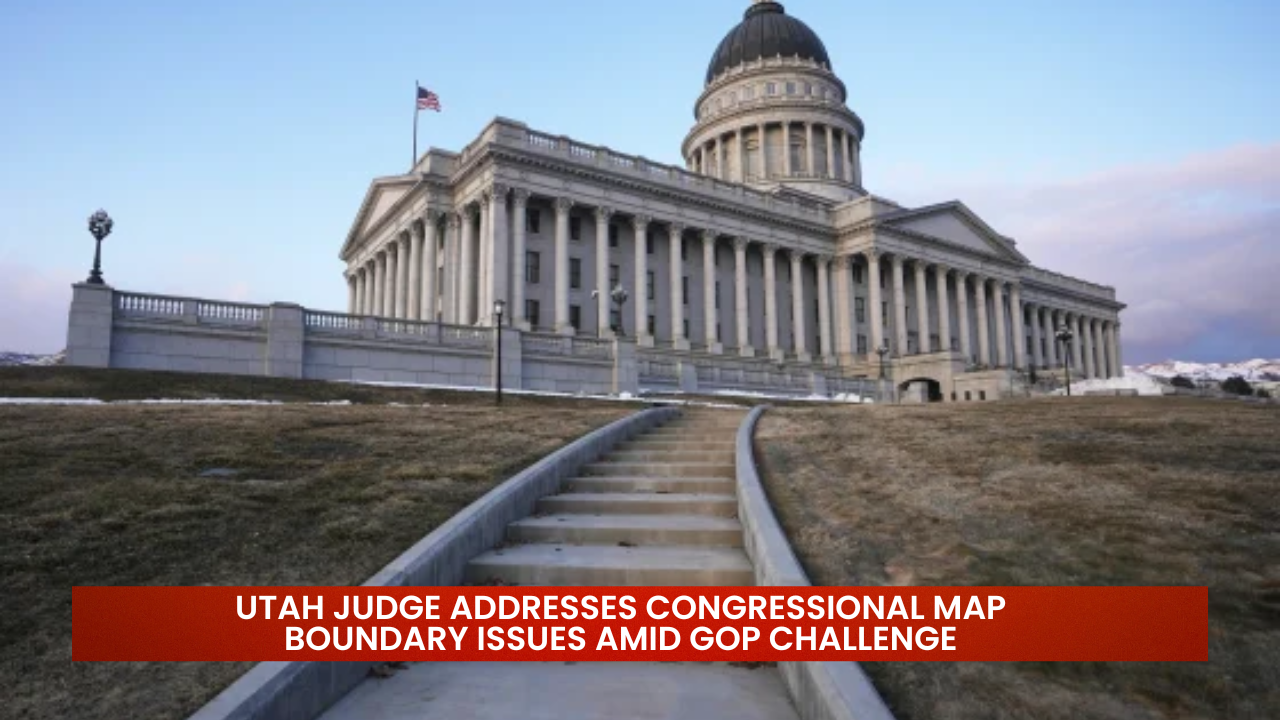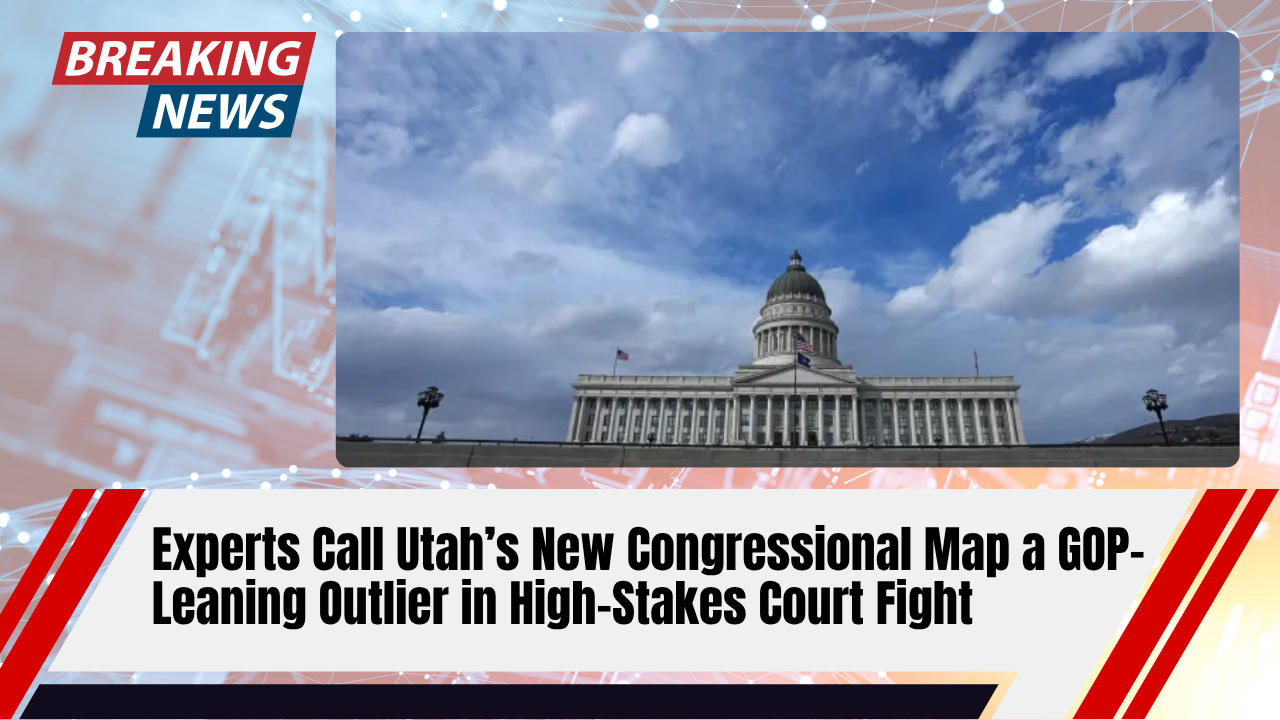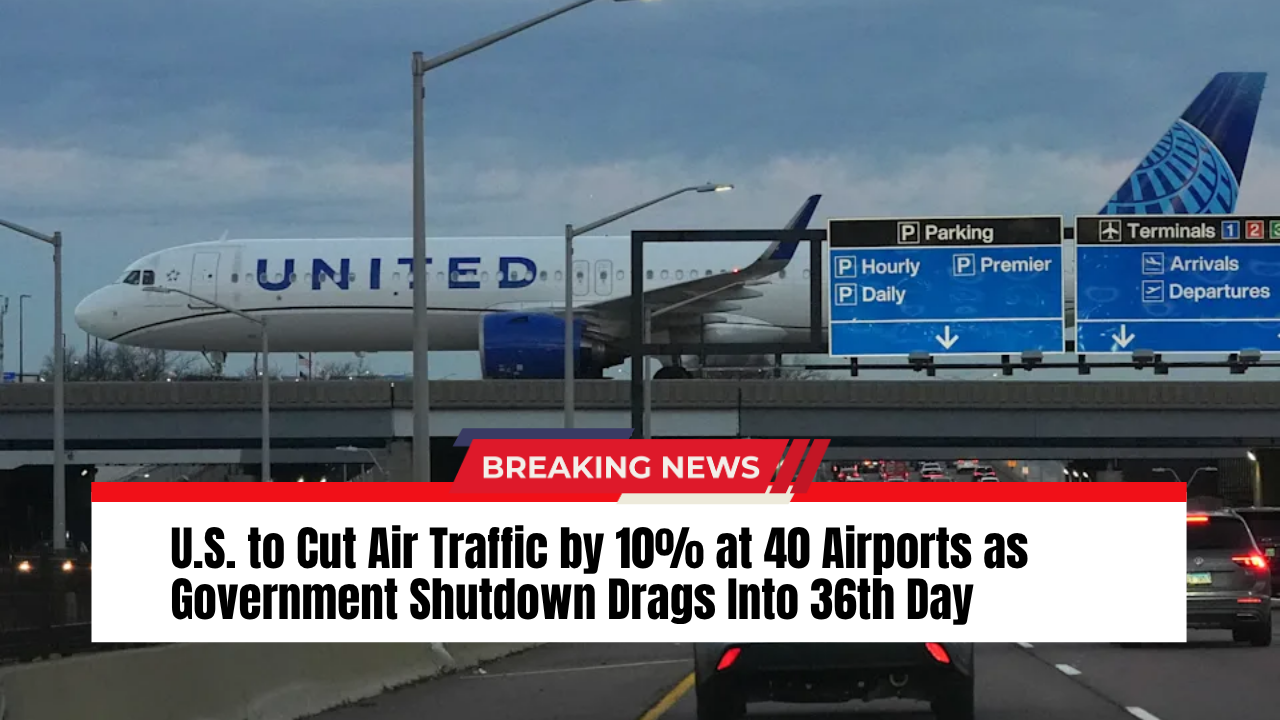Tens of thousands of Utah families are bracing for an alarming reality: no food stamp benefits in November. As the federal government shutdown drags on, the Utah Department of Workforce Services confirmed Wednesday that Supplemental Nutrition Assistance Program (SNAP) payments — known as food stamps — will stop next month, leaving roughly 86,000 households without federal food aid.
A Growing Crisis for Utah Families
SNAP is entirely funded by the federal government and serves more than 169,000 Utahns annually. Nearly seven out of ten recipients are families with children, according to data from the Center on Budget and Policy Priorities.
With the shutdown now stretching into its fourth week, state officials warn that EBT cards may stop working after November 1, even if there’s money left in accounts. Payments won’t resume until the government reopens.
While the WIC program (Women, Infants, and Children) remains temporarily funded through USDA contingency reserves, it only covers specific nutritional needs — not the full range of groceries families rely on from SNAP.
“It’s Not Just Extra Food — It’s Survival”
Advocates say the federal impasse exposes the real-world costs of political gridlock.
“This is a demonstration of why we need a functioning government,” said Gina Cornia, executive director of Utahns Against Hunger. “It’s unconscionable that Congress’s inability to get its act together has left low-income families wondering how they’ll eat.”
Cornia emphasized that SNAP benefits aren’t a luxury: “It’s not just being able to buy a birthday cake — it’s the essentials.”
Food Banks Struggle to Fill the Gap
Local food pantries are now preparing for a surge in need — but even they acknowledge they can’t meet the scale of demand.
“Pantries can help, but we cannot be expected to replace benefits for 86,000 families,” said Ginette Bott, CEO of Utah Food Bank.
The organization is reassessing its inventory and delivery schedules ahead of November, but Bott warned that donations and volunteers will be crucial. “We’re going to need help from the public — whether it’s food, funds, or time,” she said.
Even before the shutdown, Utah’s food banks were strained. Post-pandemic demand never eased, and inflation, supply chain costs, and the threat of federal layoffs have deepened food insecurity. The approaching holiday season will now bring an urgent, statewide call for generosity.
A Push for Federal Action
The Center on Budget and Policy Priorities says contingency funding exists to temporarily sustain SNAP benefits — but only if the U.S. Department of Agriculture releases it. Cornia urged Utah residents to contact their congressional representatives and pressure them to act.
“We can’t go through the end of the year without SNAP,” she said. “It’s not possible.”
How Utahns Can Get Help
Those needing food assistance can:
- Call 211 or visit 211utah.org to find food pantries, meal sites, and local aid programs.
- Check updates at jobs.utah.gov/mycase for SNAP status information.
- Visit Utahns Against Hunger for emergency food resources and advocacy tools.
As the shutdown’s ripple effects deepen, one fact is clear — while Washington debates, Utah families are running out of options and out of time.



